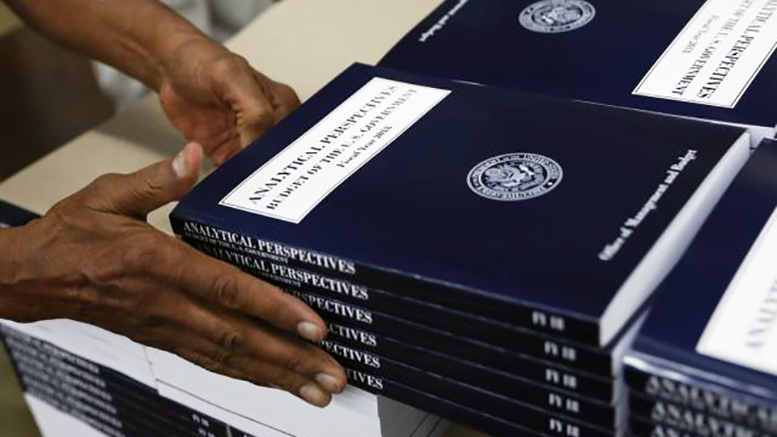President Donald Trump’s proposed budget for fiscal year 2018 includes expected cuts to several student aid programs, but it also has a few surprises, such as lower funding for career and technical education and job training programs.
As outlined in his preview budget in March, the president’s full budget would rescind $3.9 billion from the Pell Grant program’s surplus, eliminate funding for the Supplemental Educational Opportunities Grant (SEOG) program and cut the Federal Work Study (FWS), TRIO and GEAR-UP programs.
But what surprised some education advocates is the budget’s call to cut funding for Perkins career and technical education (CTE) programs and for federal job training programs at a time when the president and the education secretary have been touting the importance of career and technical jobs.
Under the budget plan, Perkins would would receive $949.5 million — $166 million less than the annualized amount under the current continued funding legislation.
The budget report acknowledged “CTE is an important component of the president’s job creation agenda, as employers develop or expand operations in the United States will require qualified workers to fill those new jobs,” but the cuts are required to “align with overall budget priorities.”
The budget also proposes to decrease funding for Workforce Innovation and Opportunity Act (WIOA) job training and employment services formula programs by 39 percent, or $1.3 billion. It calls on states, localities and employers to cover these costs.
The president also would cut adult education states grants by about $95 million, to $485 million. The budget report noted that future decisions on the program will be based on evaluation and performance data collected through WIOA.
Some push back
Democrats and even some Republicans as well as education advocates expressed their disappointment in the president’s proposal.
The budget “makes it harder to pay for college, guts effective job training programs, puts the health and safety of workers at risk, and attacks the civil rights of every American,” said House Committee on Education and the Workforce Ranking Member Bobby Scott.
The American Association of Community Colleges will soon have a more detailed review of the president’s proposed budget.
Sen. Bernie Sanders (D-Vermont) led Senate Democrats in slamming the bill. For many middle-class and low-income students, the “dream of a college education will evaporate because of major cuts to student financial assistance programs,” he said.
But lawmakers also noted that the president’s budget is just his proposal; Congress will offer its own funding plan.
“Congress will write the budget and set the spending priorities. Where we find good ideas in the president’s budget, we will use them,” Sen. Lamar Alexander (R-Tennessee), chair of the Senate education committee, said in a written statement.
The new fiscal year begins October 1.
More details
The president’s proposal would level fund the Pell Grant program, though it would support year-round eligibility. The current funding resolution reinstated year-round eligibility. As was noted in the “skinny” budget preview released in March, the plan would eliminate $3.9 billion from the program’s surplus.
Funding for SEOGs would be scrapped, and FWS would receive $554 million — roughly half its current funding. TRIO program would be trimmed by $90 million, to $808 million. GEAR UP would get $219 million — which is $103 million less than the annualized CR level.
“There is very little evidence that this program is effective in achieving its ultimate objectives of increasing high school graduation and college enrollment rates for students in high-poverty schools,” the budget report said about GEAR UP.
President Trump’s budget would also eliminate the public-service loan-forgiveness program and subsidized Stafford Loans, and allow the Perkins Loan program to expire.
Discretionary funding for programs to strengthen historically black colleges and universities, Hispanic-serving institutions and tribally controlled colleges and universities would essentially maintain their spending levels.

